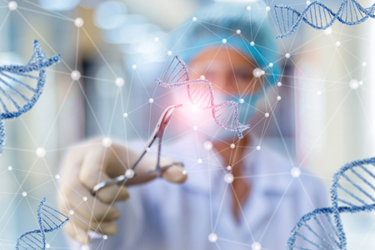Overcoming The Unique Challenges Of LVV During Downstream Processing

Innovations with lentiviral vectors (LLVs) are allowing scientists to transfer genetic material specifically into particular cells. However, the large-scale production and complex purification process required to produce these therapies presents a number of unique challenges. Lentiviruses (LVs) are fully mature and functional upon budding from the cell, requiring the extracellular bioproduct to retain this highly ordered architecture during production. The lentivirus itself must also retain two important enzymatic activities: those of integrase and reverse transcriptase. Preserving these properties throughout the course of upstream and downstream processing is essential to ensure product quality and safety and presents distinct challenges for the manufacturing process. Maintaining physical and chemical conditions — including temperature, salt concentrations, conductivity, pH, and centrifugal force — is also an important factor for production as variations can significantly impact LVs.
Comprehensive knowledge of your upstream production capabilities aids in determining the most effective, scalable, and economically viable downstream processing solutions. The aim of the harvest and clarification stages is to maximize vector recovery while minimizing contaminants and other components that could negatively impact the efficiency or safety of the product. The capture phase of purification should isolate, concentrate, and stabilize the target product, and can be accomplished using a variety of methods. However, different purification tools — such as anion exchange filtration, chromatography, and tangential flow filtration — require careful consideration as they could affect the biological activity of the virus or damage the vector. LVs present distinct challenges throughout downstream processing, making it essential for developers to understand technical requirements and adhere to specific protocols to maximize vector recovery and ensure success.
Get unlimited access to:
Enter your credentials below to log in. Not yet a member of Cell & Gene? Subscribe today.
